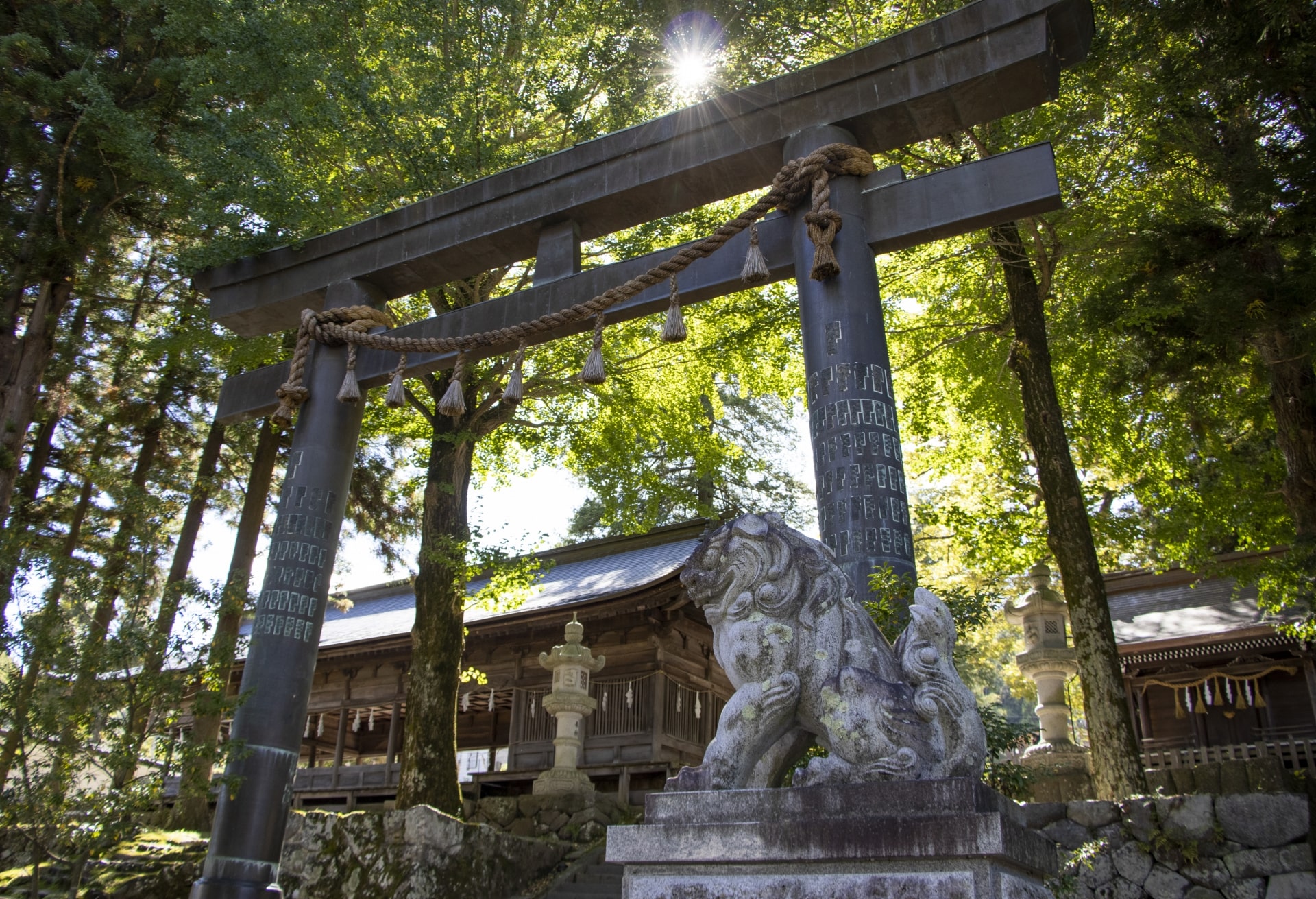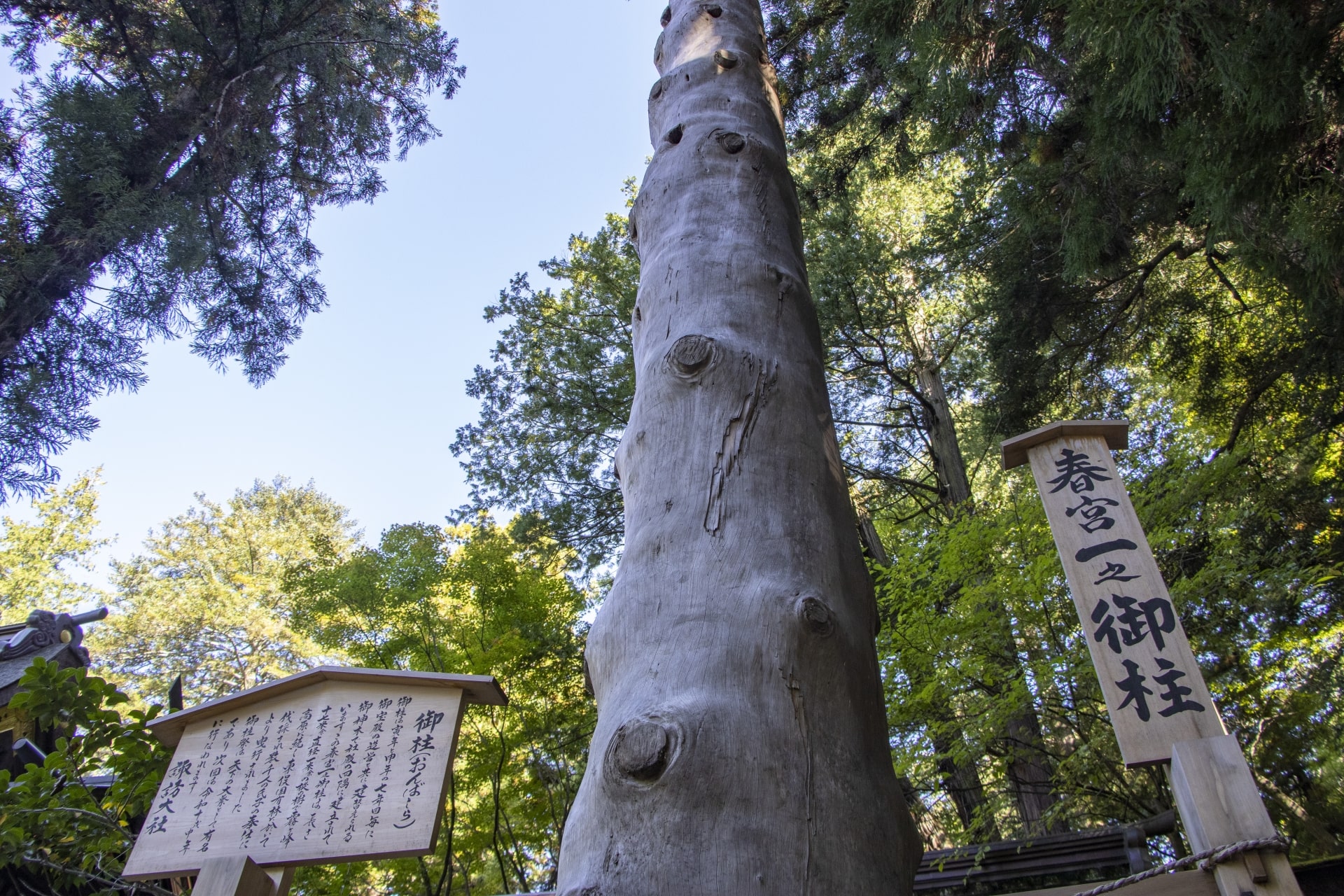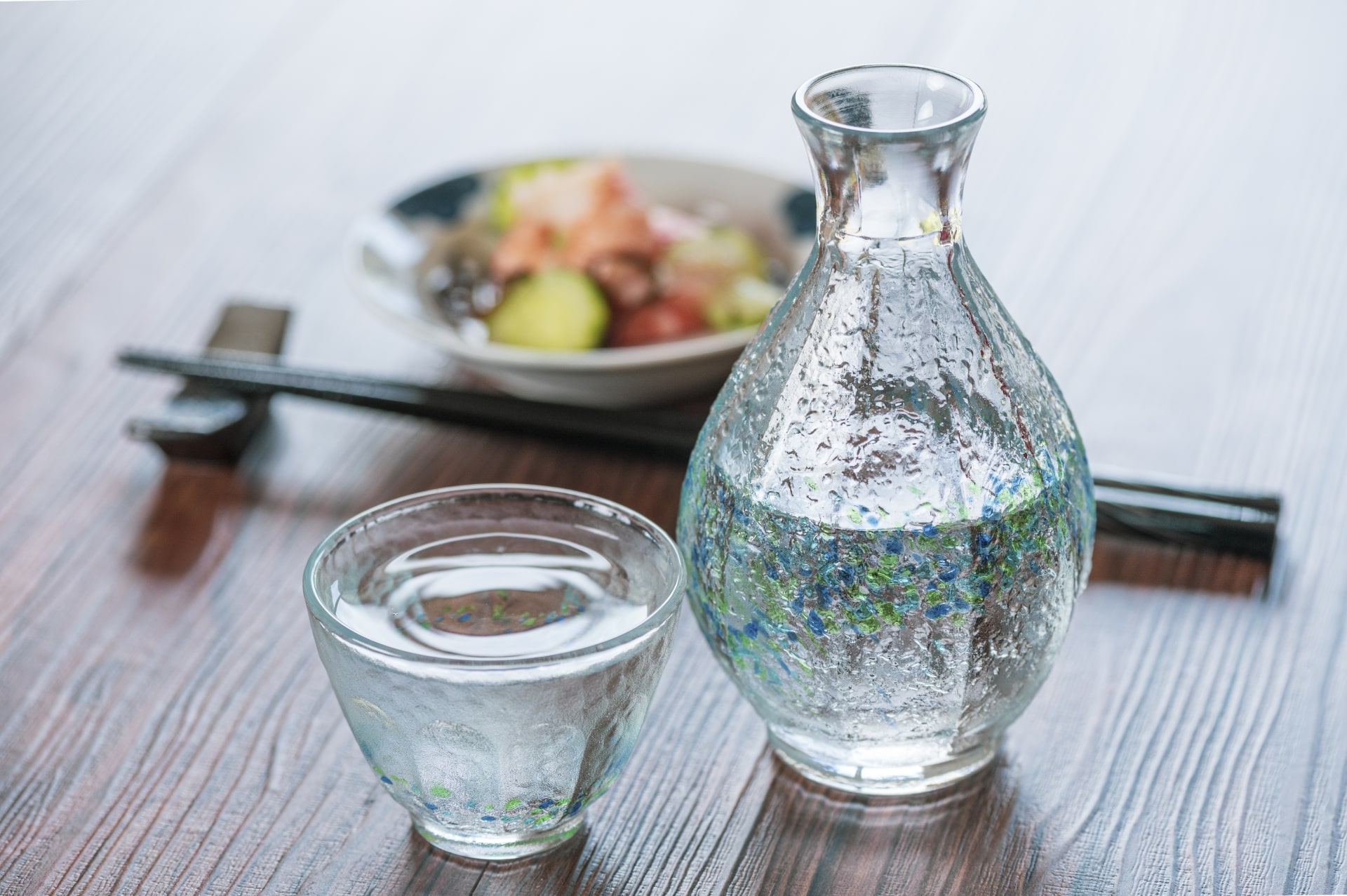May: Onbashira Festival
May 01, 2023

Suwa Taisha Shrine, Nagano(Google Maps)
A festival of renewal with a deadly reputation, Onbashira is one of the most anticipated festivals on the Japanese calendar. As it only takes place once every seven years, it is a rare opportunity to witness the centuries-old tradition that sees fir trees moved from mountain-top to shrine through the stunning scenery of Nagano.
The thrilling festival derives its name from the pillars standing at each corner of the local shrines, called onbashira or mihashira. Suwa Taisha Shrine is a large complex home to four separate shrines, meaning 16 carefully selected trees are required each festival. The shrine’s deity is Daimyojin, who protects water and wind with a historical following of samurai due to his patronage of hunting and battle. Given the associations with bravery and valor, it’s no surprise that the festival’s dramatic scenes are viewed with a deep local pride, drawing countless visitors from afar.

Onbashira at Suwa Taisha Shrine, Nagano(Google Maps)
The festival is divided into two parts, starting with Yamadashi in April. Sixteen of the finest trees are selected in the years leading up to the event before they are cut in a traditional ceremony and decorated with bright ribbons, with ropes attached for transport. They are then dragged down dense mountainsides and through rivers, with steep drops par for the course. Vast teams of local men take part in pulling and chanting, with a select view joining Kiotoshi: the riding of logs down the steepest slopes. A highlight of the event, it’s also one of the riskiest, with fearless riders often struck by fast-moving 12-tonne logs.
A month later, the Satobiki ceremony takes place, with a parade around the four shrine buildings receiving their new outer posts. Following tradition, the logs are raised using ropes, with teams of locals drawing on a collective strength to raise the logs. One of the most dangerous periods of the festival, it is surprisingly risky as honored locals climb the pillars and rely on balance and safety ropes to survive. Over the years, deaths have occurred during Kiotoshi, the river crossing and the Satobiki ceremony, with increasing safety measures brought in as the years pass.
Whether joining for one of the sections or all, visitors are guaranteed one the most rousing, elaborate experiences of their travels. Representing bravery, honor and a deep connection to nature rooted in respect, Onbashira is a symbol of Suwa spirit.

Japanese sake
While the festival traverses the stunning landscapes of Nagano’s Suwa region at startling speed, visitors can take their time in appreciating the scenery. Known as the Swiss Orient, the area is popular with hikers and known for its seasonal wildflowers across the slopes of the Yatsugatake Mountain Range.
Perfect for a post-festival drink or an after-hike reward, Suwa’s local sake are a highlight for those looking to try a specialty. There are nine breweries to choose from, with the Suwa Gokura offering a handy tour for visitors to try five in one afternoon. Consisting of the Reijin, Honkin, Yokobue, Masumi and Maihime breweries, the tour is best enjoyed with Gokuraku Set which offers entry and tasting as well as a commemorative glass. Enjoy the subtle differences in aroma and flavor while learning about the histories of each local institution.
For more details, contact DMC Japan to discuss ideas, locations and rates.
Contact Us


